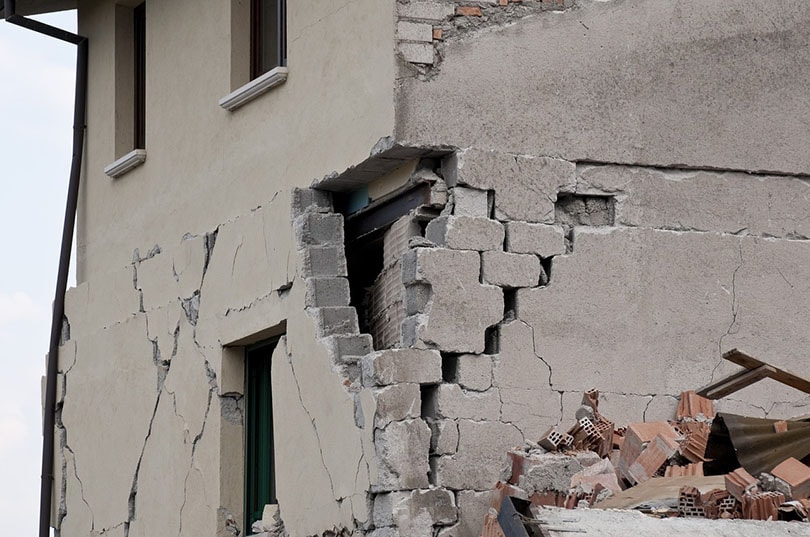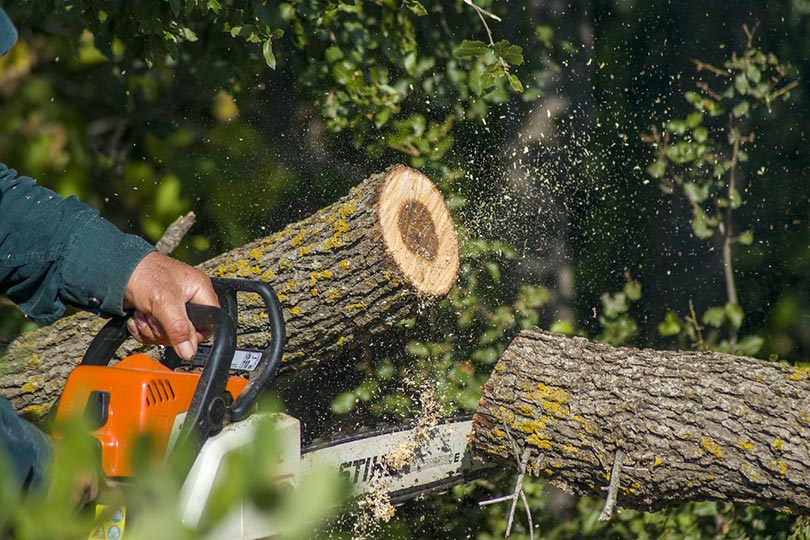Does Homeowners Insurance Cover Tree Damage? Prevention, Facts, & FAQ
-
Pete Ortiz
- Last updated:

Sometimes minor repairs or upgrades can be a simple DIY project, and sometimes we experience significant damage that can put a strain on our savings. Thankfully, if you have homeowners’ insurance, several unforeseen events can be taken care of.
Although it’s not something you would think to prepare for, tree damage can be a potential nightmare for any homeowner. If a tree falls on your home, it can cause some severe damage not only to your house but to your possessions as well.
Homeowners’ insurance may or may not cover tree damage or only partially cover it. Understanding your policy will help you determine what will be covered and what you may potentially have to pay from your own pocket.
 Is Tree Damage Covered by Homeowners Insurance?
Is Tree Damage Covered by Homeowners Insurance?
Because each policy is unique, you should consult with your insurance agent about what is covered in your policy before facing the damages caused by a tree. Some insurers may inquire about the proximity of the trees to your home.
Whether or not your insurance will cover the damage caused by a tree depends on the situation. For the damage to be covered, the cause of the tree falling should be caused by a covered peril. A peril refers to a specific type of loss, such as lightning or fire.
Some causes of tree damage include storms, hail, a fire caused by lightning, and ice. Causes of tree damage that are not usually covered include earthquakes, floods, rot, and age. If a tree damages your home’s roof, most insurance policies will cover it if a covered peril causes it.
You will likely not be covered if any damage to your property or belongings is caused by the cutting, pruning, or felling of trees.

Will Insurance Cover Tree Removal?
Tree removal will not be covered unless it was instructed by the insurance company to remove it. If a tree blew over in a storm and onto your home, the cost to remove it could be covered, but if the tree blew into your yard without causing damage, the insurance will not cover the costs to remove it.
Diseased tree removal is considered routine maintenance and is usually not covered by a standard homeowners insurance policy because it is up to the owner to maintain the trees in their yard.
The amount your insurer will spend on tree removal is usually limited to 5% of your total dwelling coverage.
How Much Does the Insurance Company Payout?
Several factors determine the insurance payout. It depends on which type of property was damaged, how much damage was done, and if the cause of the tree falling is a covered peril.
If your possessions were damaged, you could usually claim up to certain limits. Possessions fall under different categories and will have other limits that you can increase, which will result in a higher premium.
The amount you are reimbursed for your belongings and dwelling coverage is also determined by whether your policy has actual cash value or replacement cost value.
If the tree that caused the damage was one of value, a claim could sometimes be made to replace it, but not all policies will do so. If a policy provides coverage to replace the tree, it will likely have a coverage limit, so it’s essential to check with your home insurance provider.
A few insurance providers will provide living expenses or cover hotels if your home is rendered unlivable due to the damages.

What If a Neighbor’s Tree Damages Your Property?
Regardless of whose property the tree is in, a standard homeowners insurance policy should protect you.
In some instances, your insurance company may attempt to recover the funds required to cover the damage from the neighbor’s insurance company through a process known as subrogation. This may also cover the damaged homeowner’s deductible.
There are some cases where your neighbor’s tree may be encroaching into your yard, but it hasn’t caused any damage to your property. You may want to have it cut down because of the risks it poses to your home, but if the trunk is in your neighbor’s yard, then the tree belongs to them, and local laws will determine whether they need to be maintained by the owner and if they can be removed. This could also work the other way around, where a tree in your yard encroaches on the neighbor’s property.
How to Prevent Tree Damage
As a homeowner, it is up to you to maintain your trees. If a tree falling is caused by rot or because it is dead, the damage is not likely to be covered. This also applies to a tree in your yard that isn’t maintained and causes damage to your neighbor’s property.
- Remove any trees that may look like they are rotting or dying
- Regularly trim the branches of your trees
- Keep checking your tree’s roots for rotting
- If you have leaning trees, consider getting them removed
- It wouldn’t hurt to have a tree expert routinely check on your trees.
 Conclusion
Conclusion
Tree Damage can cause minor confusion when claiming damages with your homeowner’s insurance. Assessing the condition and proximity of the trees in your yard is vital while finding an insurance provider. Before you sign up, you should read through the policy thoroughly to determine what’s covered and where you may need to increase limits or add-ons. While homeowners’ insurance is wise to have, it’s also important to maintain the trees in your yard to prevent tree damage caused by factors that typically aren’t covered.
See also: How to Repair a Damaged Tree Trunk: 4 Tips & Tricks
Featured Image Credit: Angelo_Giordano, Pixabay
Contents

 Is Tree Damage Covered by Homeowners Insurance?
Is Tree Damage Covered by Homeowners Insurance?